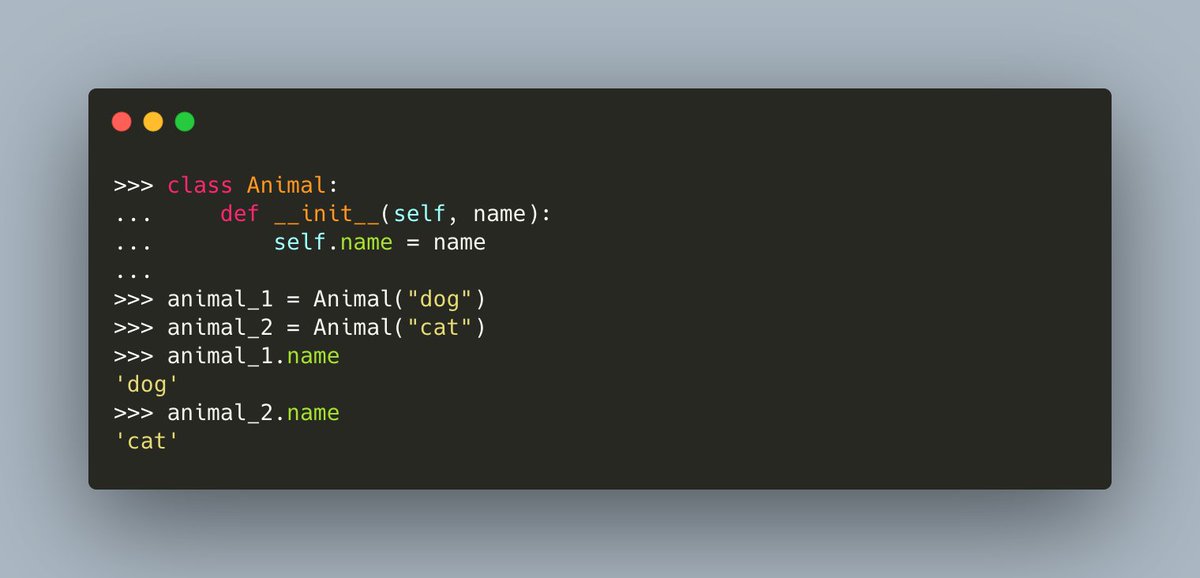
Concurrency is a hard topic. So today we're going to talk about multiprocessing in #Python
Join for me another fun mini-thread!
🧵👇🐍
Join for me another fun mini-thread!
🧵👇🐍
The Pros of using `multiprocessing` in #Python (part 1 of 2)
🐍 Processes use separate memory space
🐍 Code can be more straightforward compared to threads
🐍 Uses multiple CPUs / cores
🐍 Avoids the Global Interpreter Lock (GIL)
🐍 Processes use separate memory space
🐍 Code can be more straightforward compared to threads
🐍 Uses multiple CPUs / cores
🐍 Avoids the Global Interpreter Lock (GIL)
The Pros of using `multiprocessing` in #Python (part 2 of 2)
🐍 Child processes can be killed (unlike threads)
🐍 The multiprocessing module has an interface similar to `threading.Thread`
🐍 Good for CPU-bound processing (encryption, binary search, matrix multiplication)
🐍 Child processes can be killed (unlike threads)
🐍 The multiprocessing module has an interface similar to `threading.Thread`
🐍 Good for CPU-bound processing (encryption, binary search, matrix multiplication)
The Cons of using `multiprocessing in #Python
🐍 Interprocess communication is more complicated
🐍 Memory footprint is larger than threads
🐍 Interprocess communication is more complicated
🐍 Memory footprint is larger than threads
Here is a small example of using `multiprocessing` in #Python
In this example, you use a `for` loop to create multiple `Process` instances that target the `doubler()` function.
Then you `start()` the processes. The output is in the second screenshot

In this example, you use a `for` loop to create multiple `Process` instances that target the `doubler()` function.
Then you `start()` the processes. The output is in the second screenshot


You can name your processes in #Python. This makes debugging easier since each process has a specific name 



You can add locks to your processes in #Python so that the processes don't try to access the same thing at the same time: 

If you'd like to learn more about `multiprocessing` in #Python, check out my tutorial @mousevspython
blog.pythonlibrary.org/2016/08/02/pyt…
blog.pythonlibrary.org/2016/08/02/pyt…
I hope you enjoyed learning about the basics of `multiprocessing` in #Python with me. Be sure to share this thread with your friends and follow me for more Python tips!
• • •
Missing some Tweet in this thread? You can try to
force a refresh












